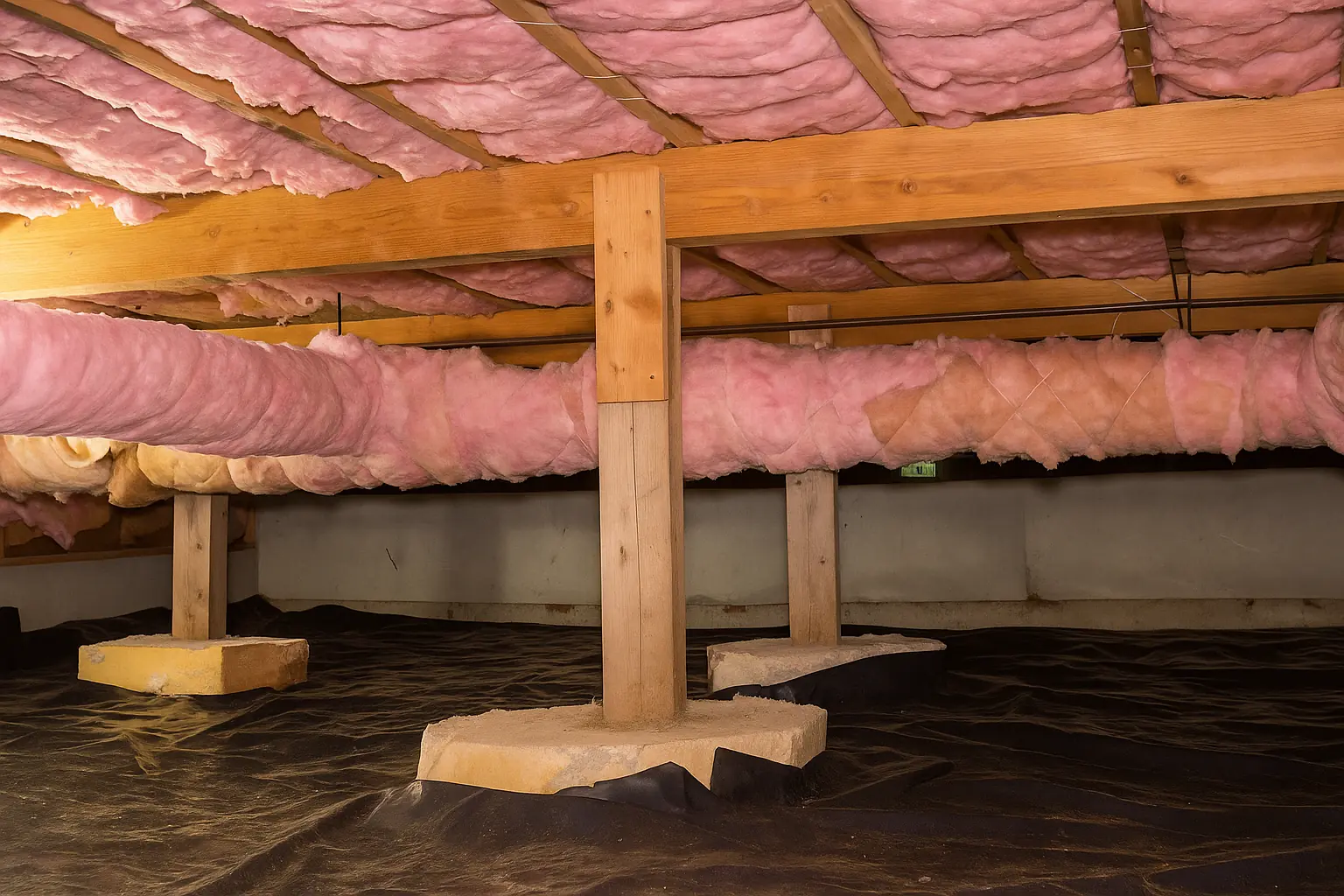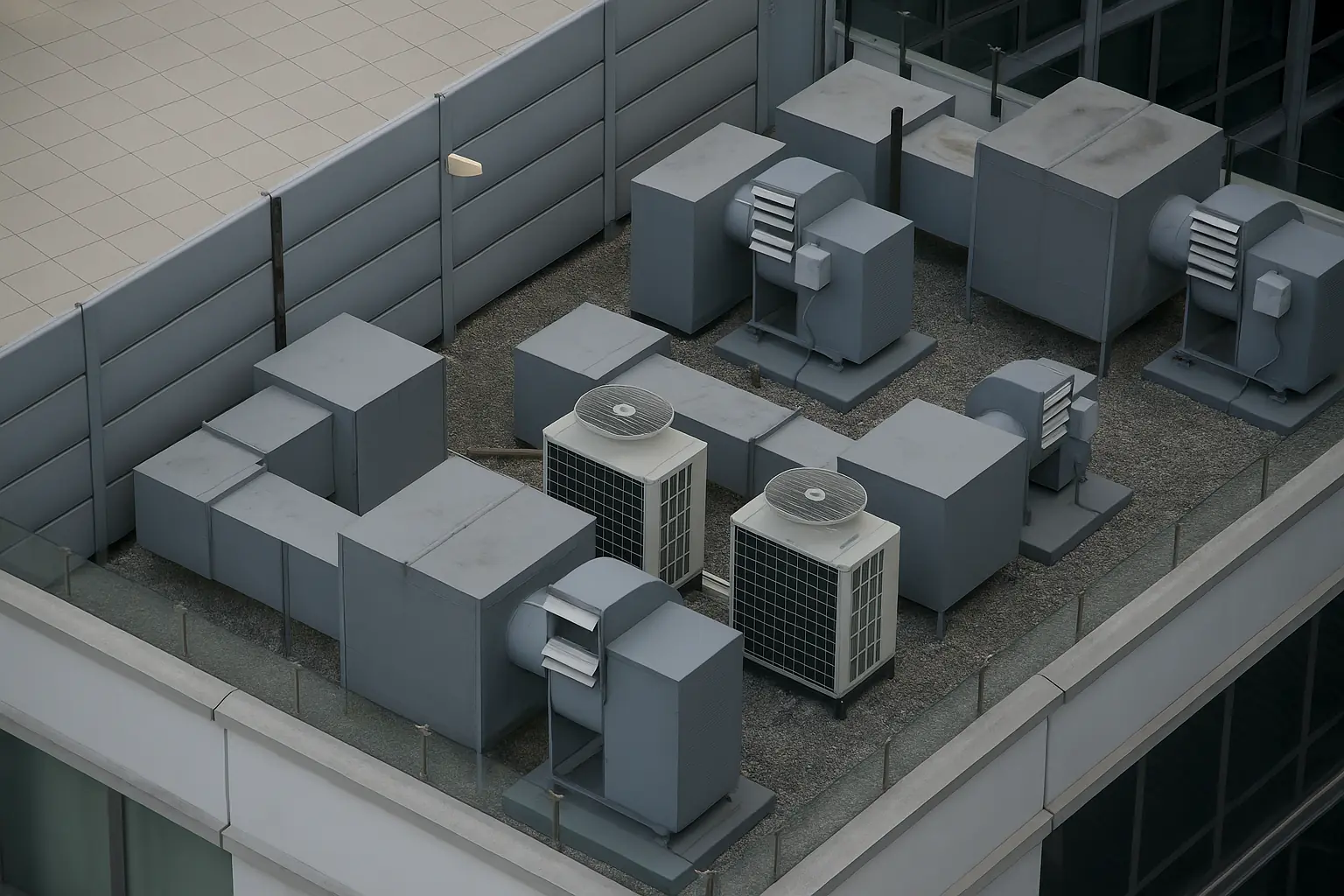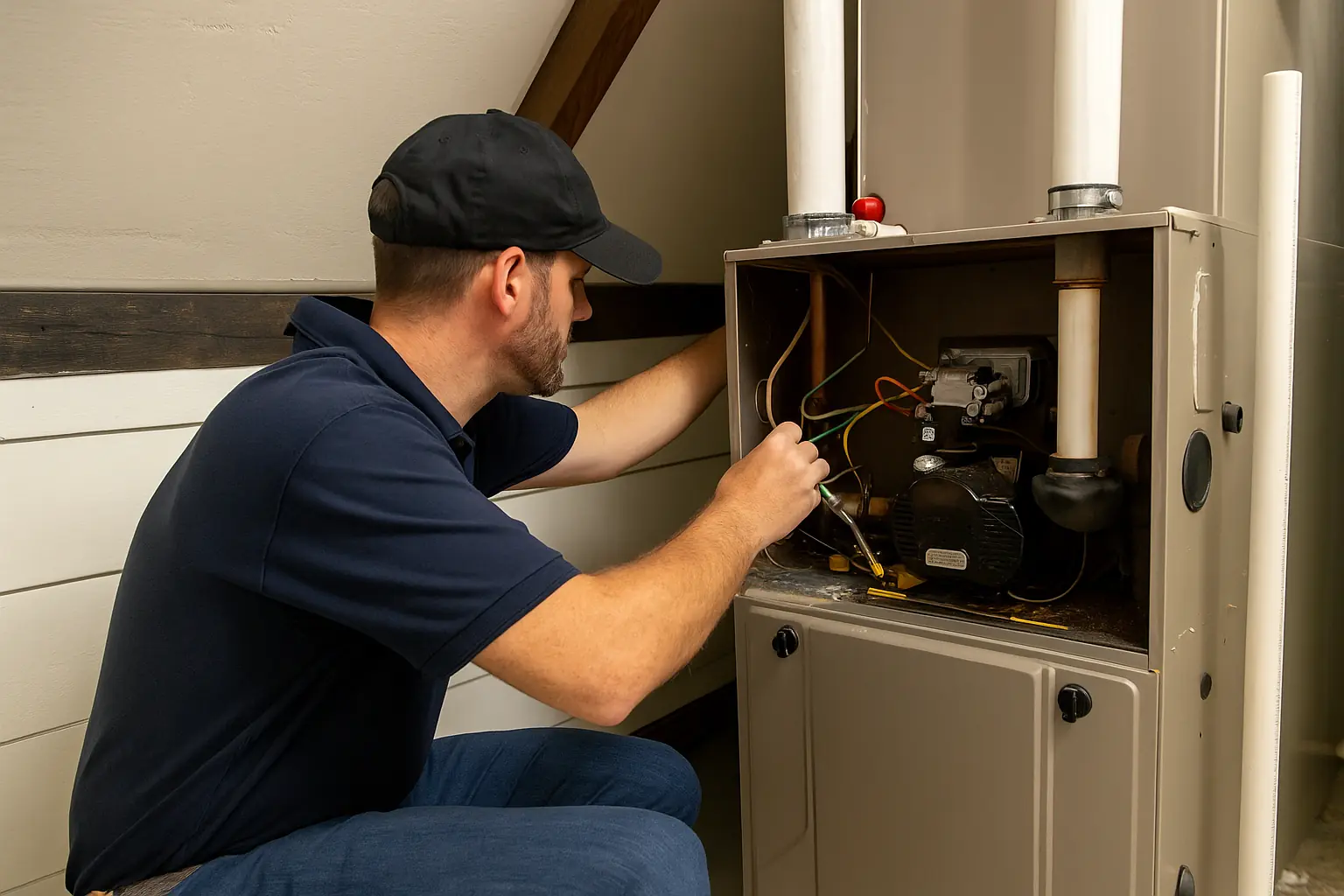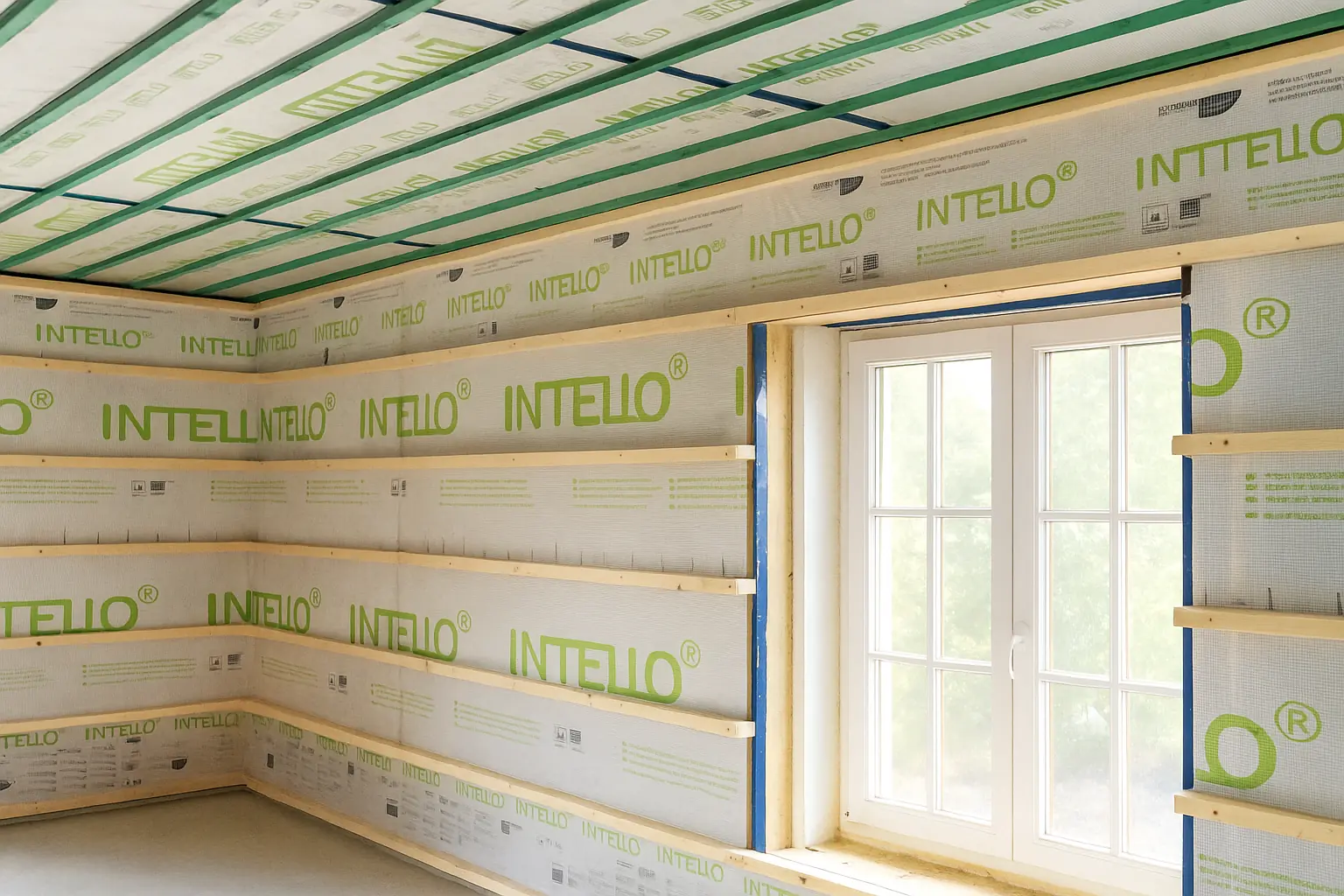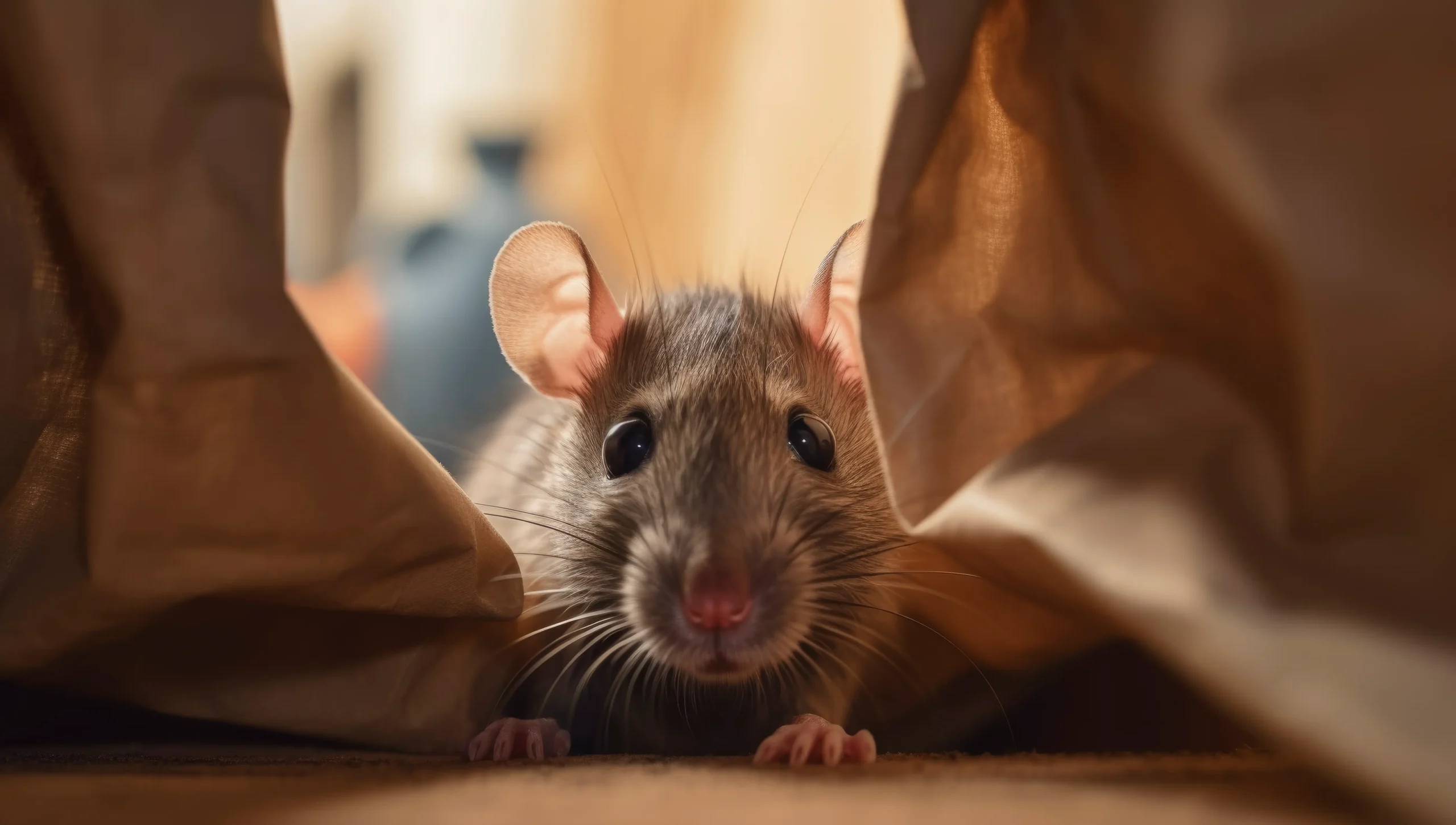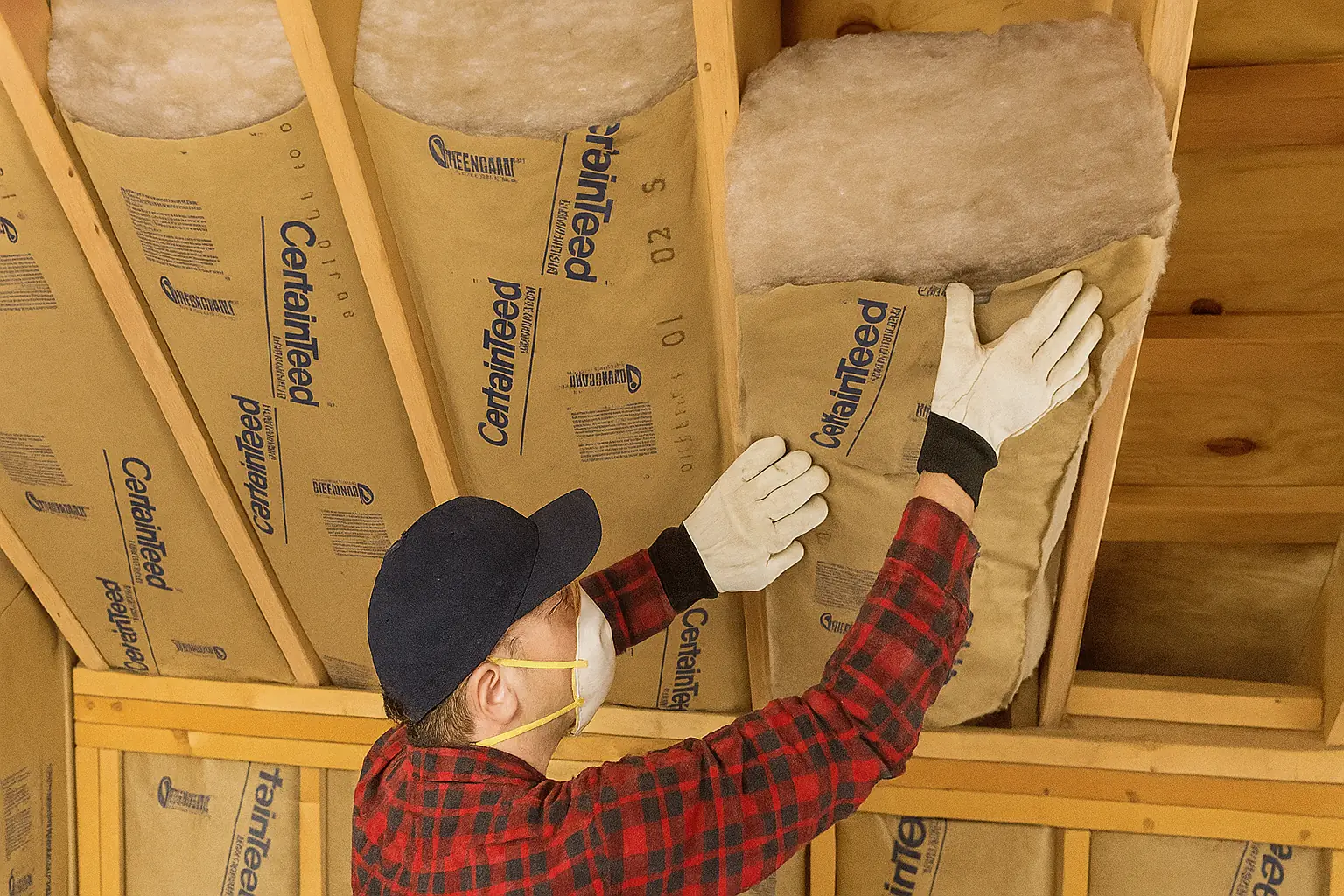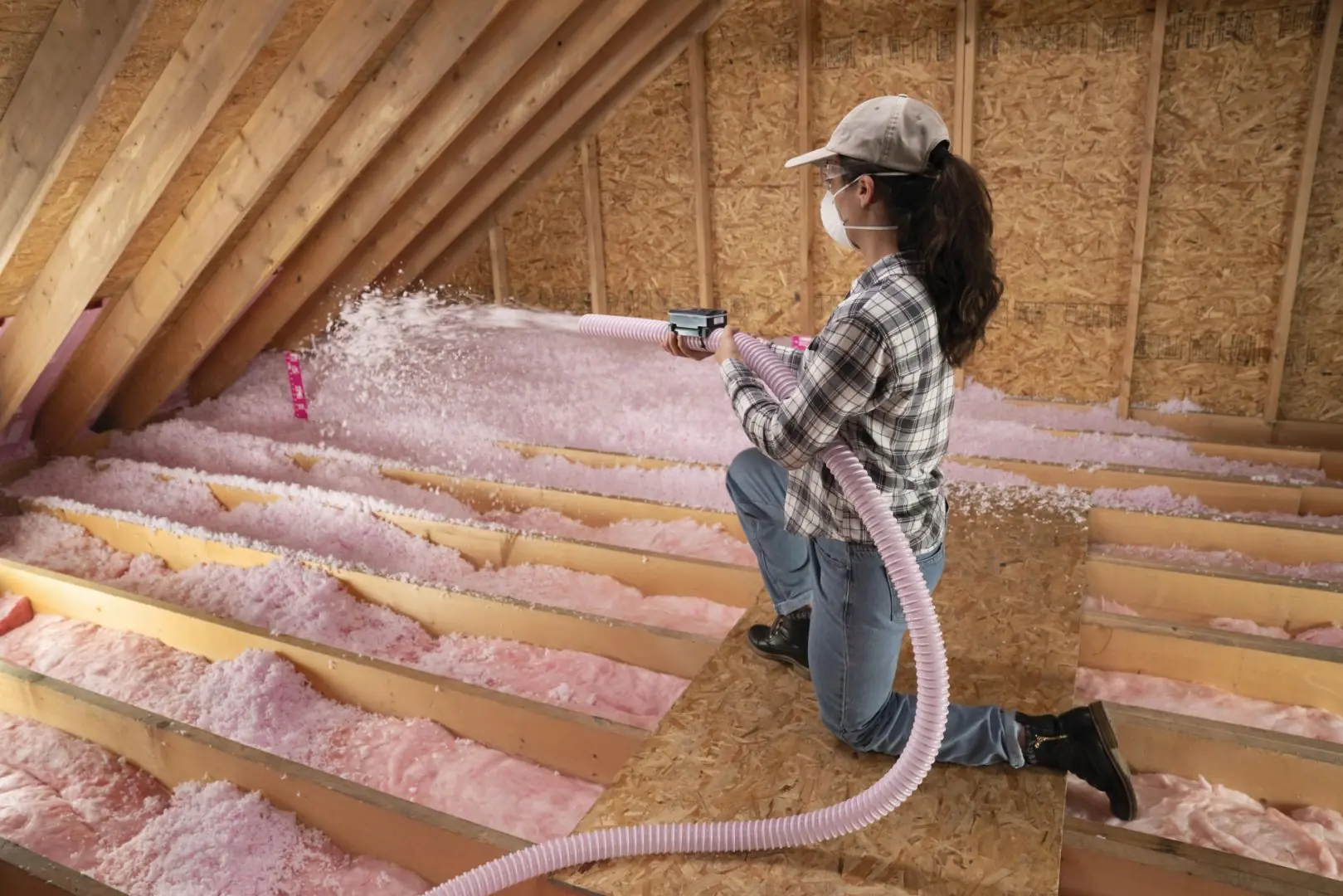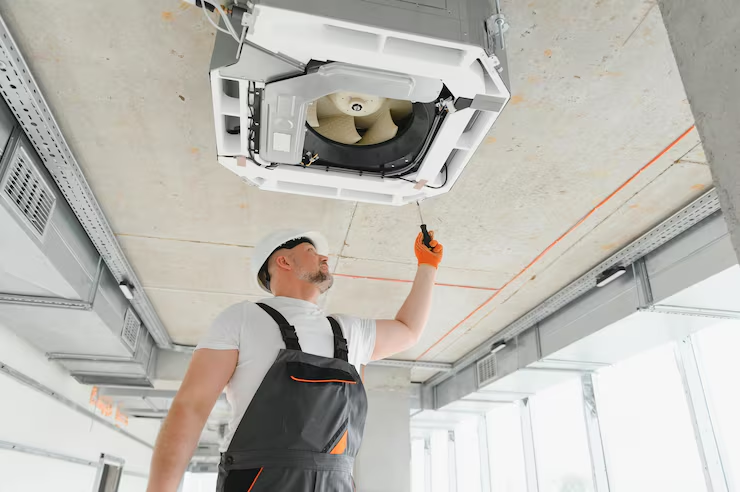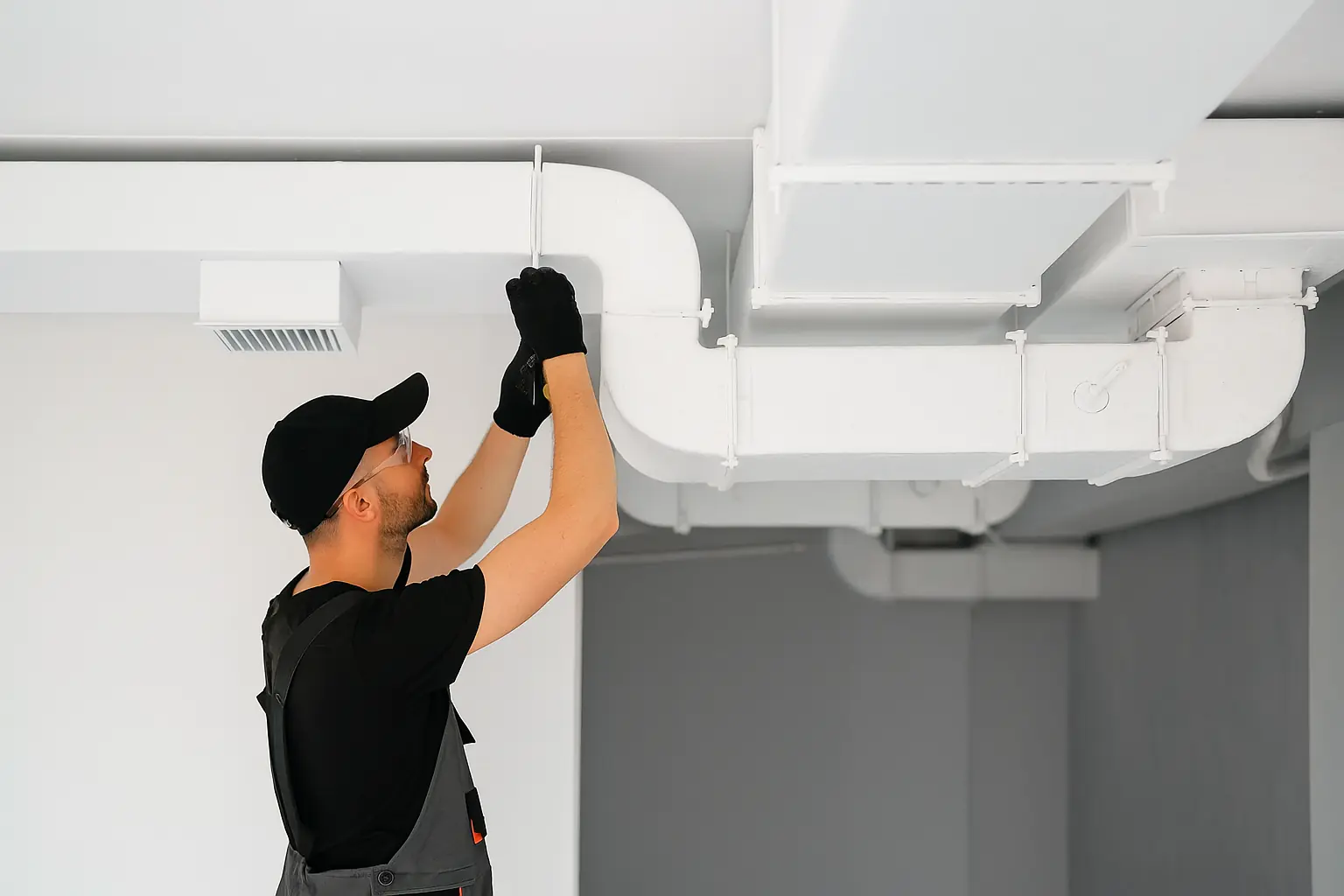When it comes to insulating your home, the attic usually steals the spotlight. But if your house has a crawl space, insulating that area could be just as important—if not more. Many homeowners overlook this hidden zone beneath their floors, but properly insulating your crawl space can dramatically improve your home’s comfort, air quality, and energy efficiency.
Let’s take a look at why crawl space insulation matters, what your options are, and how to do it right.
What Is a Crawl Space—and Why Insulate It?
A crawl space is the narrow area between the ground and the first floor of your home. It typically houses plumbing, wiring, and ductwork, and can be vented or unvented.
Without proper insulation and air sealing, this area can allow cold air, moisture, pests, and even mold to creep into your living space. That’s why crawl space insulation is more than just a nice-to-have—it’s essential.
Benefits of Crawl Space Insulation
1. Lower Energy Bills
Insulating your crawl space keeps your floors warmer in winter and cooler in summer, reducing the load on your HVAC system and cutting your energy costs.
2. More Comfortable Floors
Ever walked barefoot across an icy floor in the winter? Crawl space insulation helps eliminate that bone-chilling cold coming up through your flooring.
3. Improved Indoor Air Quality
Nearly 50% of the air in your home’s living space can come from the crawl space. Insulation combined with proper air sealing keeps out moisture, mold spores, and outdoor pollutants.
4. Moisture and Mold Control
Insulation acts as a barrier to moisture intrusion, helping to prevent mold growth and structural damage.
5. Pest Prevention
Insulated and sealed crawl spaces are far less attractive to rodents and insects looking for a warm, damp home.
Types of Crawl Space Insulation
The best approach depends on whether your crawl space is vented or unvented:
For Vented Crawl Spaces:
- Insulate the underside of the floor above the crawl space.
- Common materials: Fiberglass batts between floor joists, with an air barrier (like rigid foam) beneath them.
- Vapor barrier on the ground is highly recommended to block ground moisture.
For Unvented (Sealed) Crawl Spaces:
- Insulate the crawl space walls, not the floor above.
- Use rigid foam board or spray foam for the walls.
- Add a sealed vapor barrier on the ground to protect against moisture.
This method turns the crawl space into a semi-conditioned area, improving energy efficiency even more.
Signs Your Crawl Space Needs Insulation
- Cold or uneven floors
- High heating or cooling bills
- Musty odors or visible mold
- Condensation or dampness in the crawl space
- Increased allergies or respiratory issues indoors
DIY vs. Professional Installation
While DIY insulation is possible, crawl spaces can be tight, tricky, and even hazardous due to mold, pests, or structural issues. Professionals can:
- Assess whether your crawl space should be vented or sealed
- Properly install vapor barriers and insulation
- Air seal gaps to maximize energy efficiency
- Ensure building codes and moisture control best practices are met
Plus, many insulation projects qualify for rebates or tax credits—your contractor can help with that too.
Final Thoughts: Don’t Neglect What’s Below
Insulating your crawl space might not be glamorous, but it’s one of the smartest investments you can make in your home. It pays off in lower bills, healthier air, and greater comfort year-round.
If your floors are cold, your crawl space is damp, or you’re tired of high energy costs, it’s time to give your home the upgrade it deserves.
Ready to insulate your crawl space? Call a local insulation pro and start from the ground up—literally.

